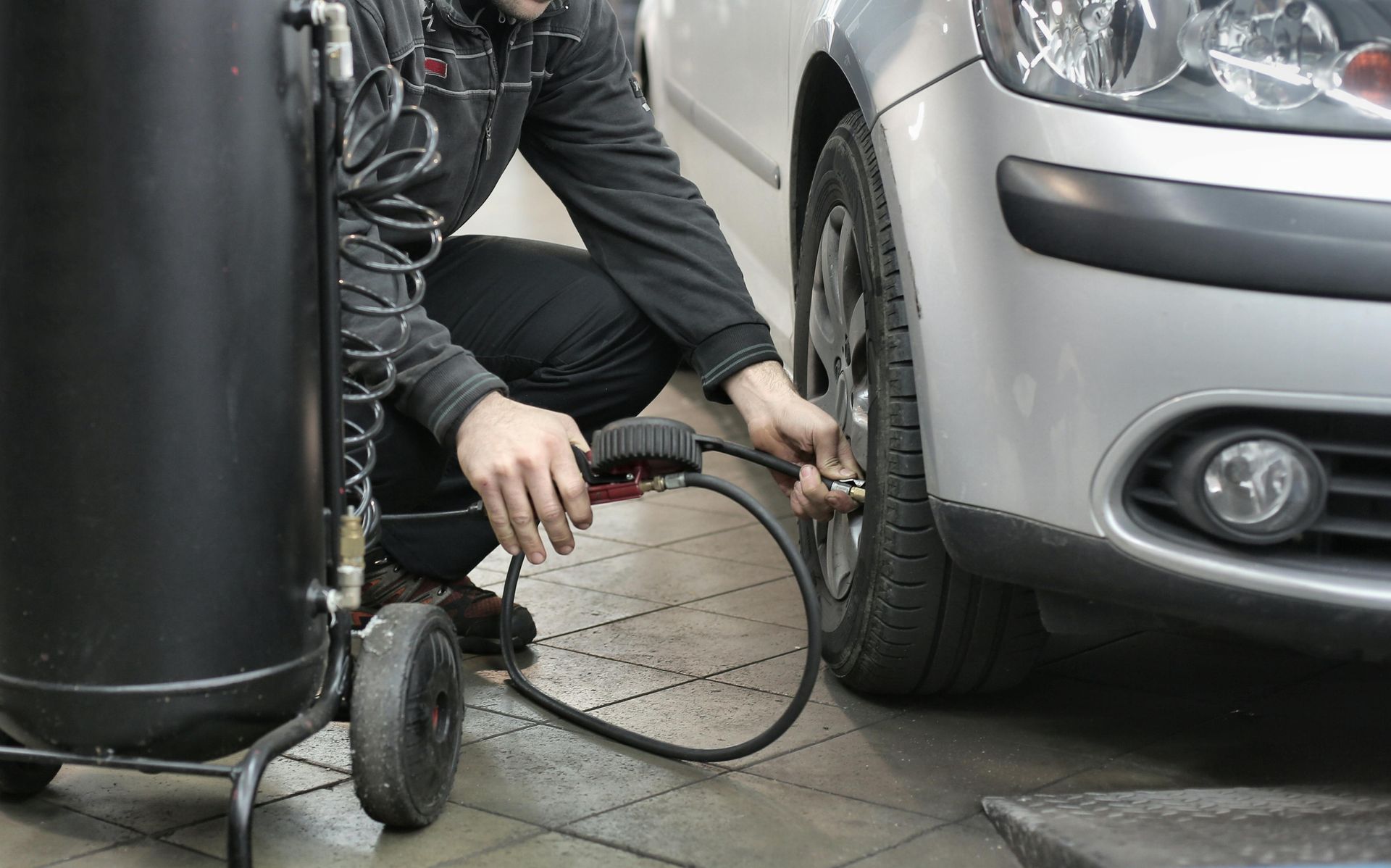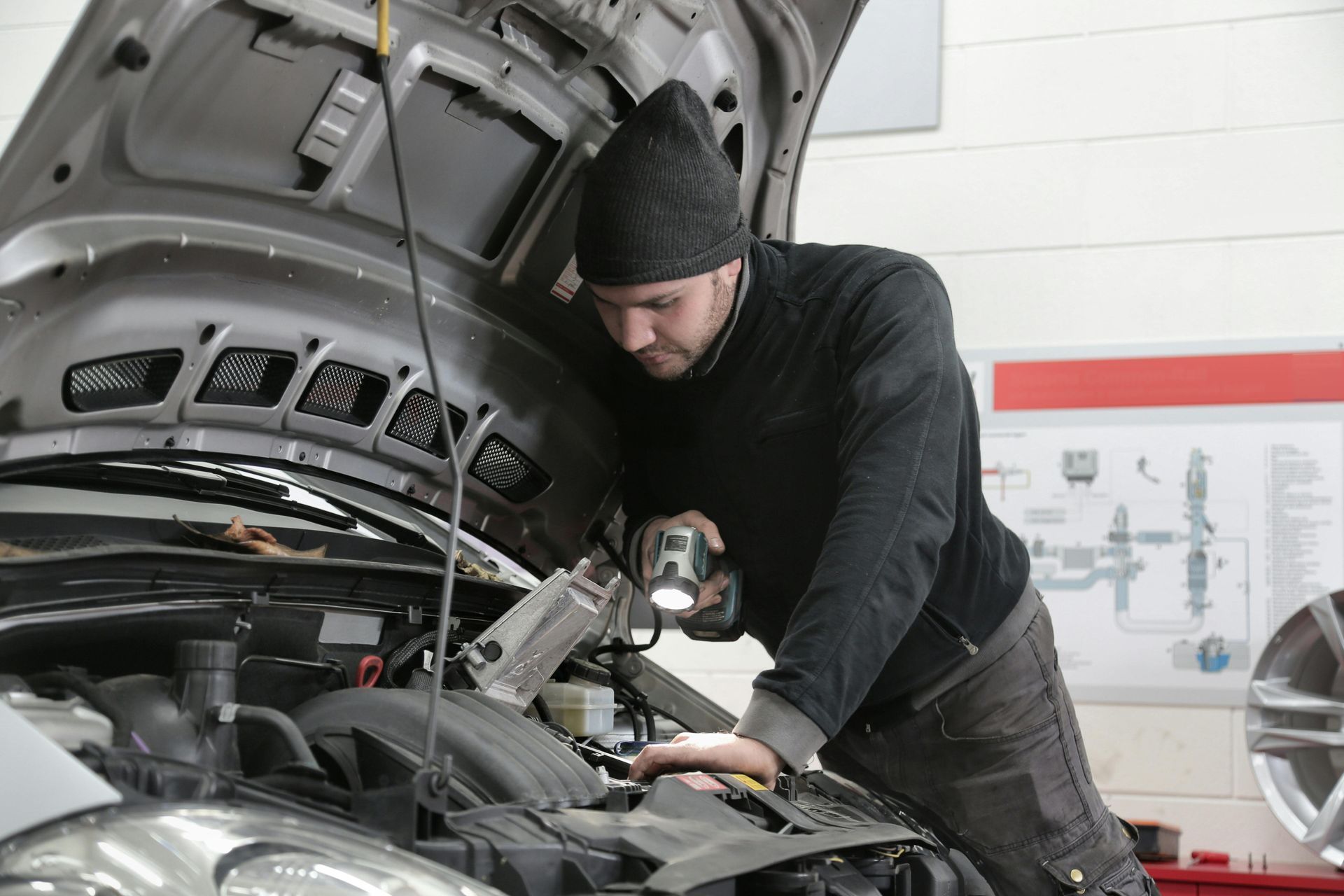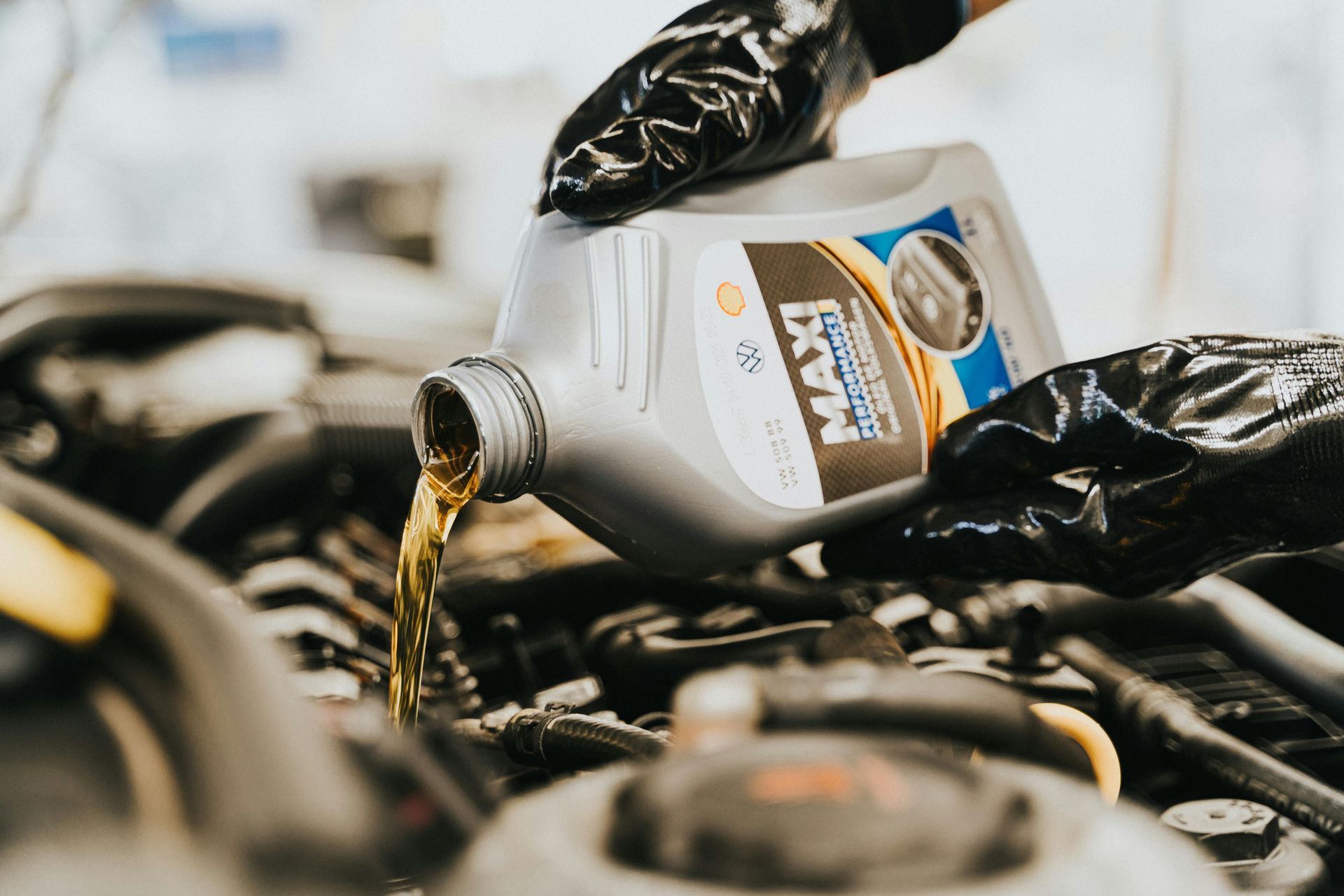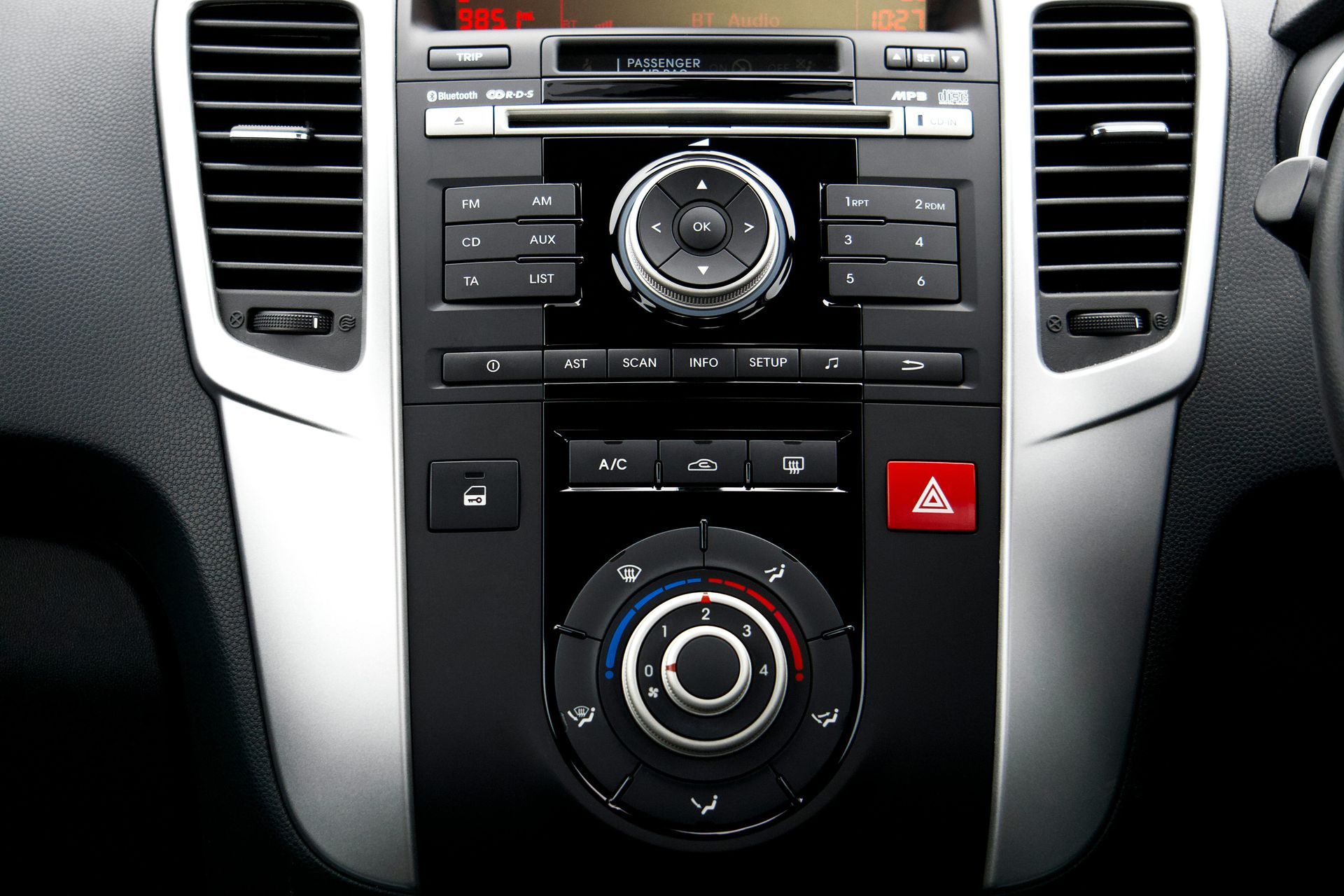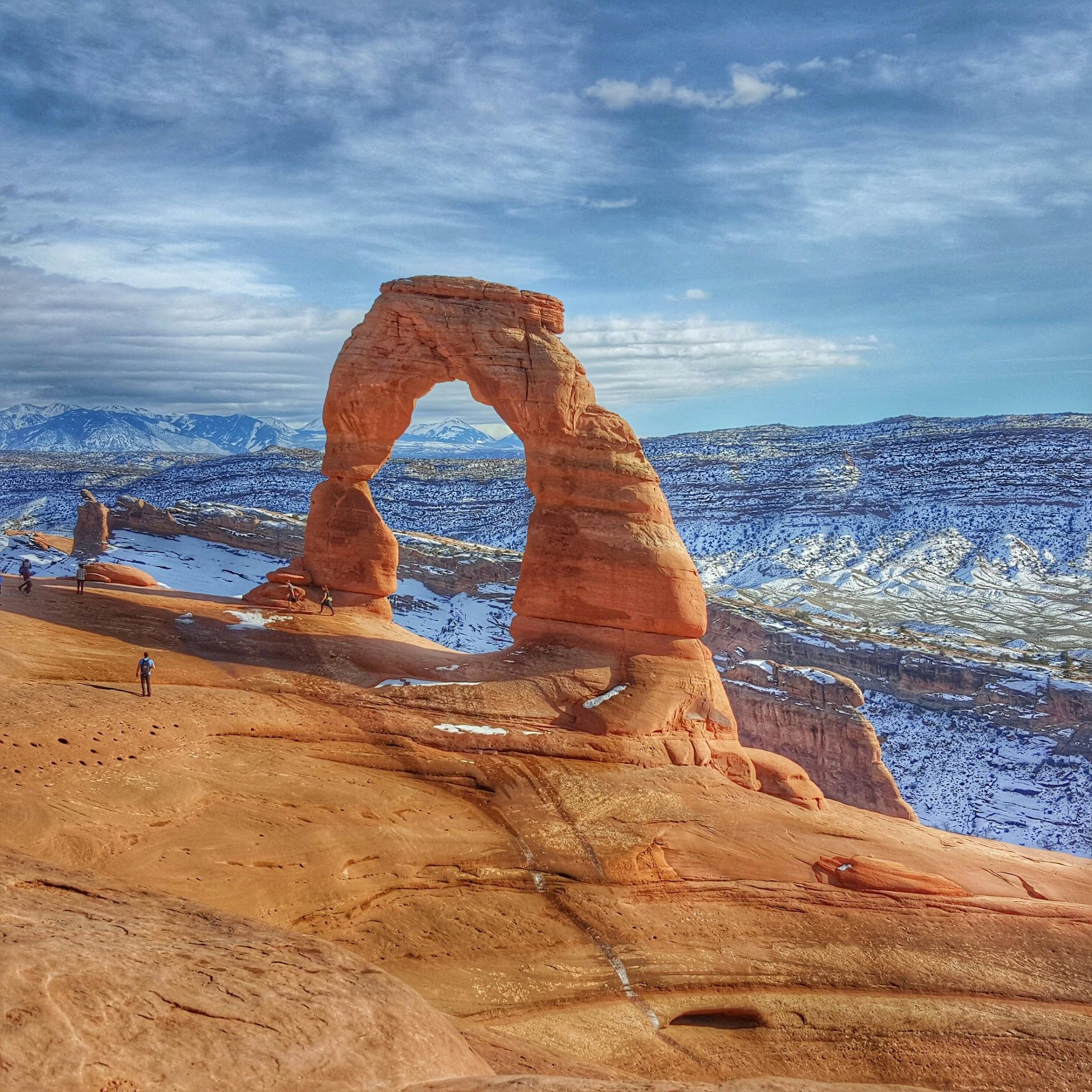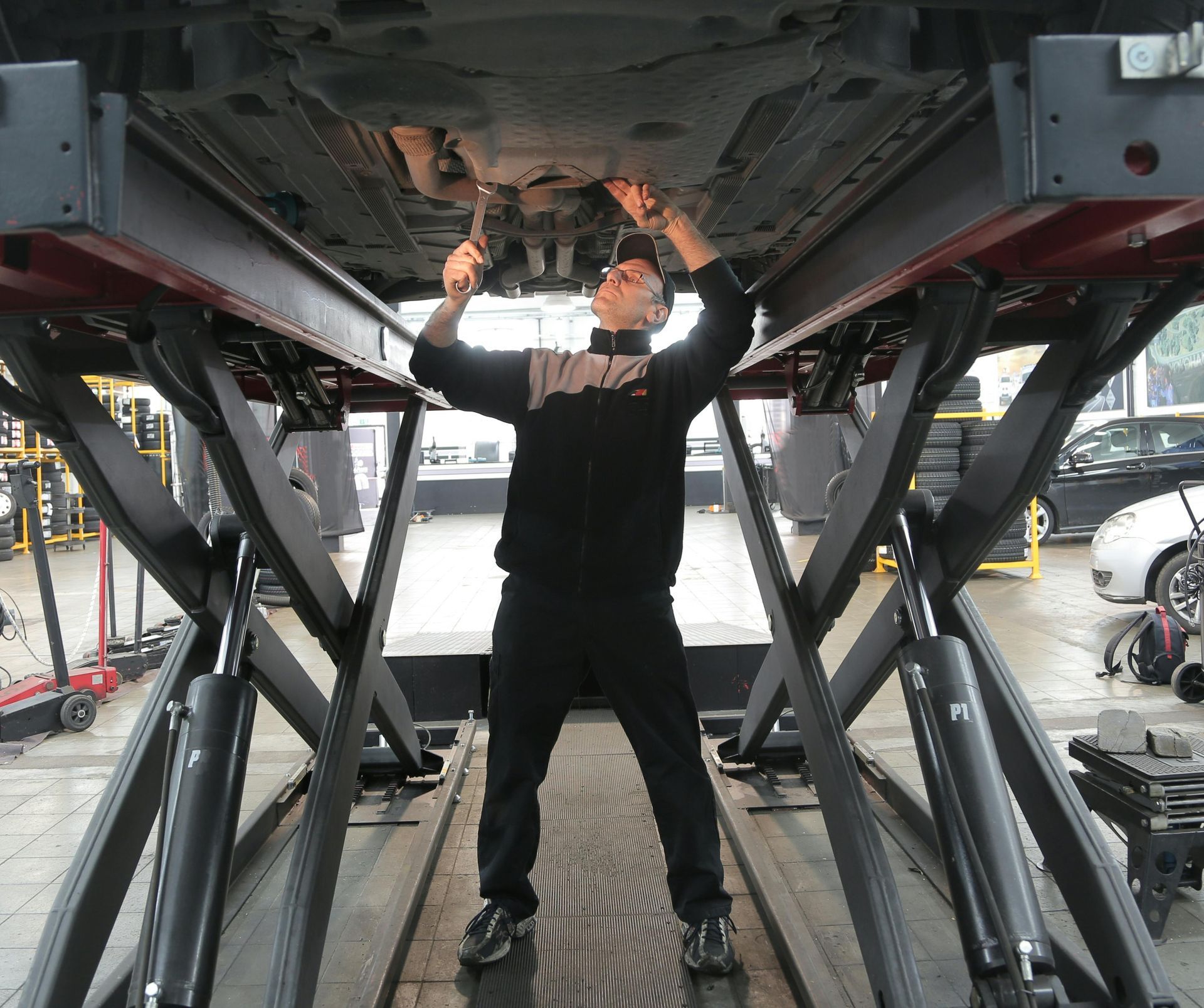Essential Tire Maintenance for Late Summer Adventures Around Salt Lake City
Late summer offers some of the best road trip weather in Utah. With kids heading back to school and tourist crowds thinning out, it's the perfect time to explore everything the Salt Lake City area has to offer. But before you load up the car for trips to Antelope Island, Park City, or the Bonneville Salt Flats, make sure your tires are ready for the journey.
End-of-summer road trips put serious demands on your tires. Hot pavement, mountain grades, and heavy loads all test your tire's limits. Smart tire care keeps you safe and prevents roadside emergencies that can ruin your adventure.
Why Late Summer Is Tough on Tires
Utah's August and September weather creates challenging conditions for tires. Pavement temperatures can still reach 130°F or higher, especially on highways like I-80 and I-15. Your tires have already endured months of summer heat, making them more vulnerable to problems just when you want to hit the road.
The combination of accumulated heat damage, increased driving for summer activities, and the temperature swings between hot days and cooler nights puts extra stress on tire components. Add in the weight of luggage, camping gear, or recreational equipment, and you have a recipe for tire trouble.
Check Tire Pressure Before Every Trip
Hot weather causes tire pressure to fluctuate significantly. For every 10-degree temperature change, tire pressure changes by about 1 PSI. During late summer in Salt Lake City, temperatures can vary 30-40 degrees between morning and afternoon, causing major pressure swings.
Best practices for pressure checks:
- Check tires when they're cold (before driving or after sitting for 3+ hours)
- Use an accurate digital gauge, not gas station air pumps
- Include your spare tire in regular checks
- Adjust for load if carrying extra weight
Underinflated tires generate excessive heat, leading to blowouts. Overinflated tires provide poor traction and wear unevenly. Both situations become dangerous on mountain roads or during emergency maneuvers.
Inspect Tread Depth and Wear Patterns
Late summer road trips often involve diverse driving conditions. You might cruise smooth highways to Wendover, tackle winding mountain roads to Brighton, or drive gravel paths to camping spots in the Uintas. Each situation demands good tread depth and even wear.
Quick tread checks:
- Use the penny test: Insert a penny into tread grooves with Lincoln's head down
- If you can see the top of Lincoln's head, replace the tire
- Look for uneven wear patterns that indicate alignment or suspension problems
- Check for cupping or scalloping that suggests worn shocks
Bald or worn tires are especially dangerous on steep grades common around Salt Lake City. Poor traction can lead to accidents on mountain passes or during sudden weather changes.
Look for Heat Damage and Aging
Utah's intense UV rays and extreme temperatures accelerate tire aging. Even tires with good tread can develop dangerous problems from heat exposure and age.
Warning signs to watch for:
- Cracks in sidewalls or between tread blocks
- Bulges or blisters on tire sides
- Excessive vibration while driving
- Tires older than 6 years, regardless of tread depth
Heat damage often shows up as small cracks that grow larger over time. What starts as minor sidewall cracking can lead to catastrophic tire failure, especially under the stress of highway speeds and heavy loads.
Rotate and Balance for Even Wear
Late summer is an ideal time to rotate your tires before fall and winter driving season begins. Regular rotation ensures even wear and maximizes tire life, saving you money in the long run.
Most vehicles need tire rotation every 6,000-8,000 miles. If you haven't rotated recently, do it before your next road trip. Unbalanced tires cause vibration, premature wear, and can make long drives uncomfortable.
Don't Forget Your Spare Tire
Your spare tire needs attention too. Many drivers discover their spare is flat or damaged when they need it most. Check spare tire pressure monthly and inspect it for age-related damage.
If your vehicle has a temporary "donut" spare, remember it's only designed for short distances and low speeds. Plan your route accordingly and get your regular tire repaired quickly.
Pack Emergency Tire Supplies
Smart road trippers carry tire emergency supplies. Pack a portable air compressor, tire pressure gauge, tire repair kit, and emergency reflectors. Cell service can be spotty in Utah's remote areas, so self-reliance is important.
Prepare for Temperature Changes
Late summer trips often involve elevation changes that affect tire pressure. Driving from Salt Lake City (4,300 feet) to Park City (7,000 feet) or Brian Head (9,600 feet) means significant altitude and temperature differences.
Monitor your tire pressure during trips and adjust as needed. Cold mountain mornings can drop tire pressure significantly, while hot afternoon descents can increase it dangerously.
Get Professional Help Before You Go
Don't guess about tire safety. Professional tire inspections catch problems you might miss and provide peace of mind for your adventures.
Ready for Your Next Adventure?
Don't let tire problems cut your late summer road trips short. The experienced technicians at Jones Complete Car Care provide comprehensive tire services to keep you safe on Utah's roads.
From tire pressure checks and rotations to full tire replacement, our three convenient locations in Salt Lake City, Taylorsville, and Clearfield are ready to help. We carry quality tires from trusted brands and back all our work with a nationwide warranty.
Schedule your pre-trip tire inspection today by calling (801) 896-9743 or booking online. Hit the road with confidence knowing your tires are ready for whatever Utah adventures await!
